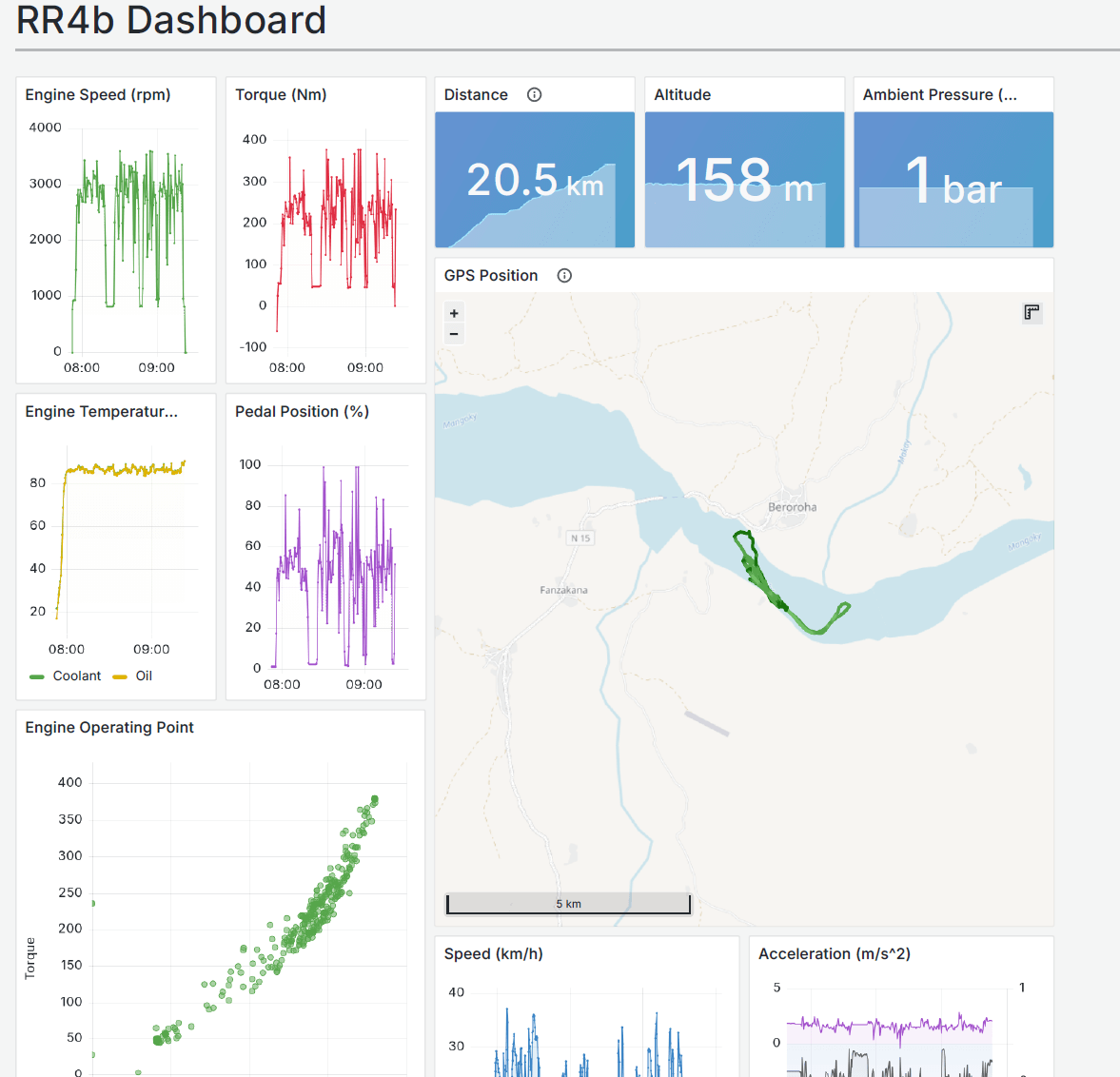
Marine Telematics for Hovercraft with Grafana Dashboards
Case Studies / HoverAid
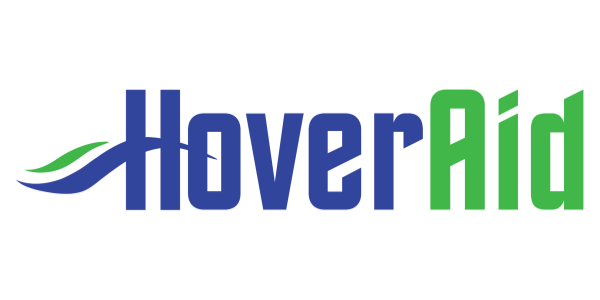
HoverAid
HoverAid is a humanitarian charity that uses hovercraft to reach isolated communities in Madagascar. They bring medical care and aid to remote villages inaccessible by conventional vehicles.
What problem did you solve?
Hoveraid is a charity that brings medical teams to some of the world's most remote and forgotten communities. Alongside trucks, 4x4s and light aircraft, we also use hovercraft, which are uniquely able to navigate shallow rivers in regions where there are no roads.
Over the last few years, we have built a new hovercraft using a reconditioned BMW diesel engine and delivered it to Madagascar, handing it over to the local team in September 2025. We needed a system for logging data and transmitting to the cloud so that we knew where the craft had been and how it was performing, as well as enabling remote troubleshooting.
How did you solve it?
We set up the CANedge3 CAN bus
data logger with LTE/GPS to record
data from 5 sources in the hovercraft:
- ECU data broadcast by the hovercraft (we reverse engineered parts of the BMW protocol via online resources)
- GPS data from the CANedge3 directly
- UDS data from the ECU (this involved a work-around but it worked well in the end)
- OBD data (if requested by an external tester)
- Skirt pressure from a pressure-to-CAN box we made
"The CANedge has worked impeccably - and the APIs make complex data logging from remote locations remarkably simple"
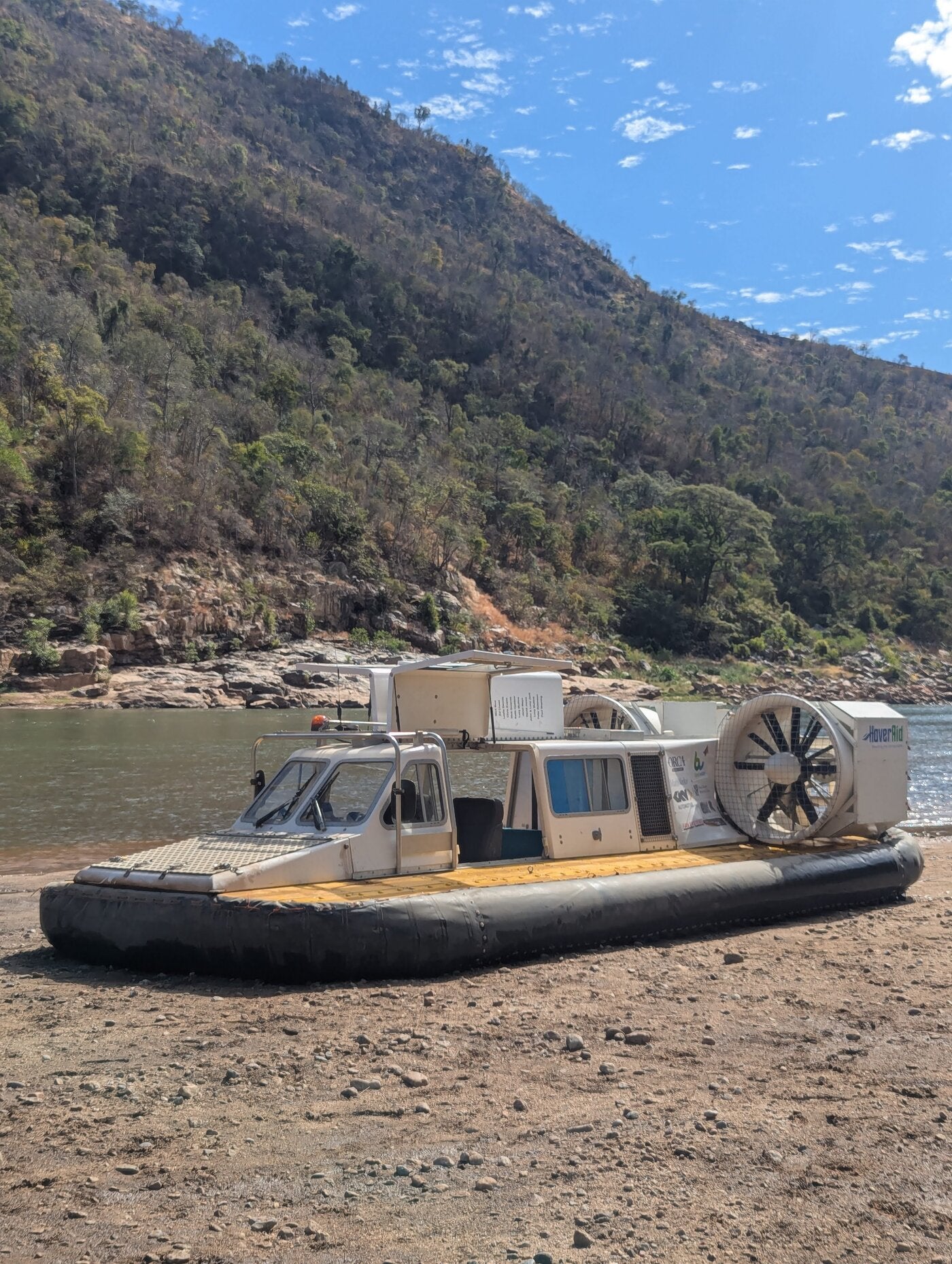
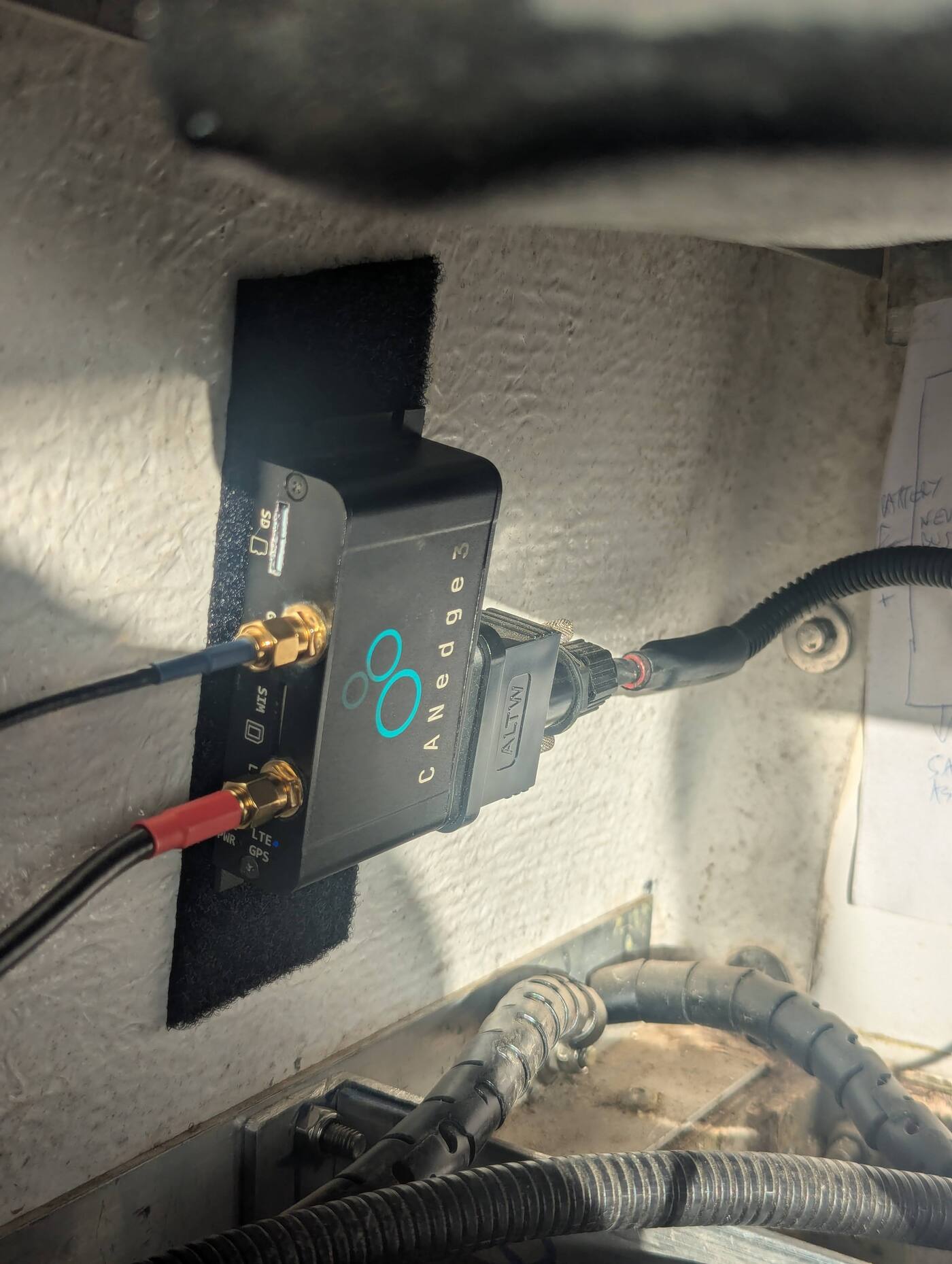
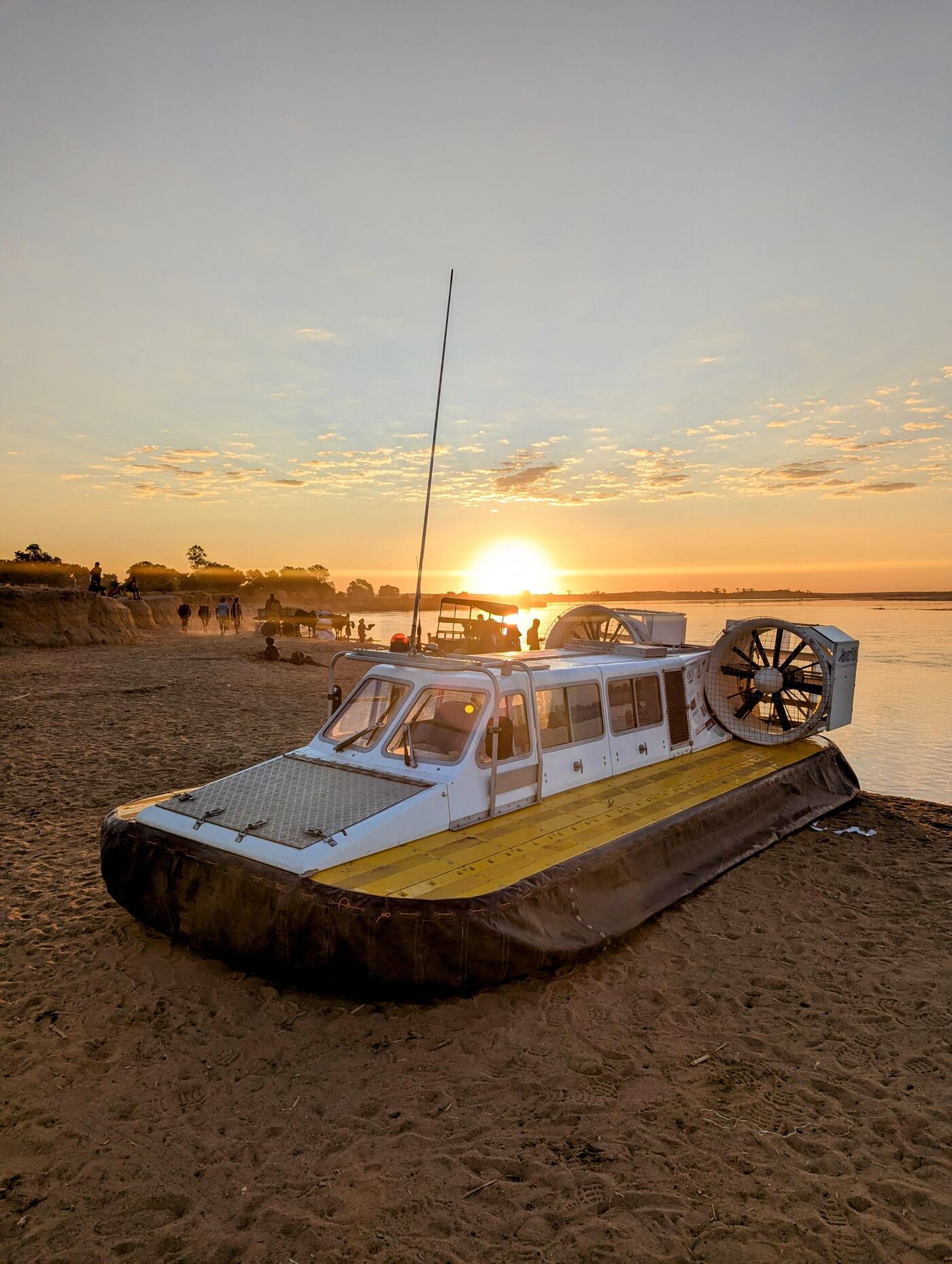
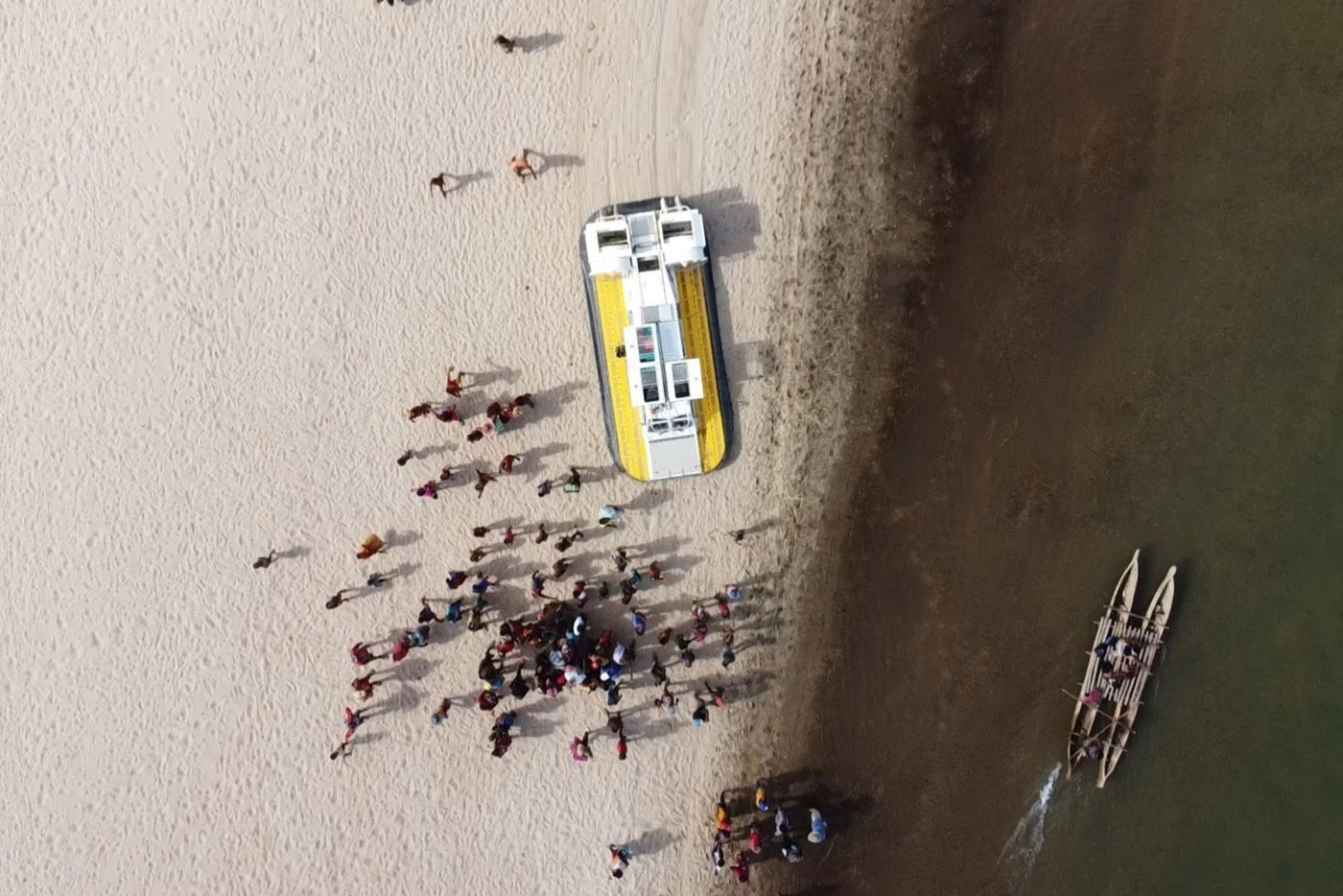
What benefit has this led to?
- Reporting back to funders, showing where the craft has been. These are very remote villages with no road access, and the GPS data really brings to life where we've managed to reach with doctors and nurses
- Facilitate remote diagnostic and troubleshooting. The local team are experienced engine mechanics, but the data can really help pinpoint the cause of any issues. As an example, we had a sudden engine shut-down during commissioning and could see on the ECU data that the fuel supply pressure had fallen. This allowed us to quickly trace the problem back to the fuel supply
- Develop online calculation, monitors and prognostics. This is the next stage for us to help everything from pilot flying feedback to alarms to early indications that performance of some part of the system is failing
Overall, the quality of information on the CSS website is outstanding. The instructions for setting up not only the logger, but all the way up to a Grafana dashboard were clear and worked without issue - and the CSS technical support has been incredibly responsive and helpful.
Why did you choose the CANedge?
We chose the CANedge3 because it has all of the hardware features that we needed (2 CAN buses, GPS, SIM card) and enough configurability to deal with a variety of data sources, some quite tricky (e.g. the UDS data). And all in a small, robust and reasonably priced package. In the end, the biggest benefit was the simple integration with AWS and Grafana giving us robust data on the cloud without writing any code. The quality and depth of information of the CSS website are also impressive, as is the customer service and support.
— Chris Evans (Commercial Director at RFC Power) and the HoverAid team
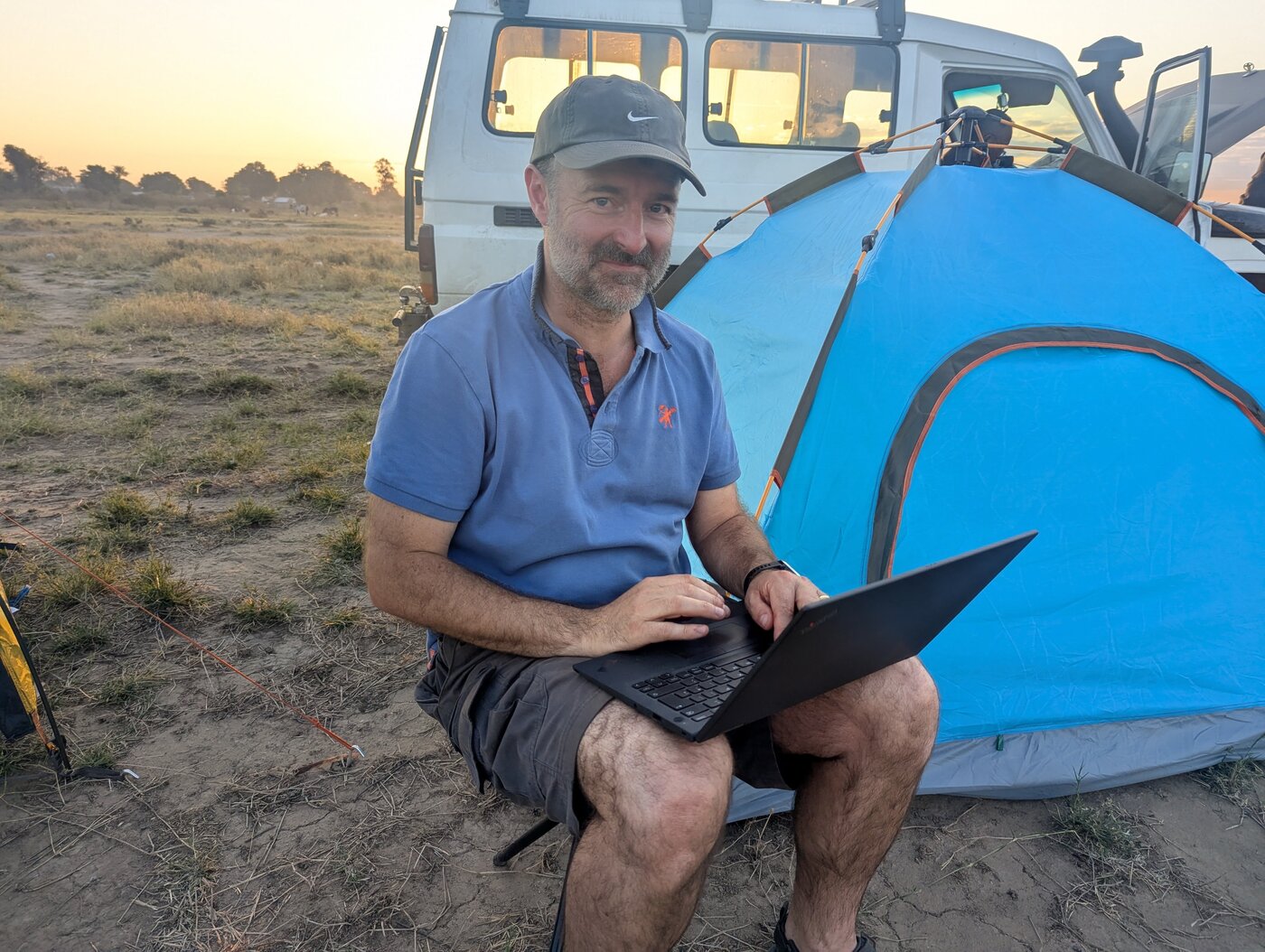
Ready to monitor your remote assets?
Get your CANedge3 today!

